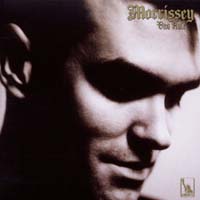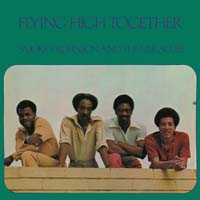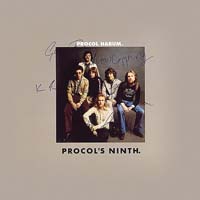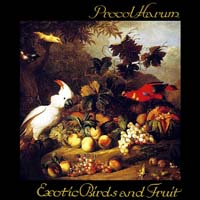Artist: Enya Album: The Memory of Trees
Year: 1995Duration: 1:28:08
The Memory of Trees: An Honest Review of Enya's Album
Enya, the Irish singer, songwriter, and musician, is renowned for her creative and unique sound. Her music style, new age music or Celtic-inspired, is combined with classical music motifs that create a unique listening experience. Among her most revered works is the album, The Memory of Trees. This album, released in 1995, saw Enya stay true to her style and expand its frontiers. In this blog post, we’re going to review The Memory of Trees, highlighting the album’s genre, the artist's history, the best songs, and most innovative parts and assess its overall quality as a musical work.
Enya began her career in the early 80s, working with her family on music ventures. Her debut single, An Taobh Tuathail Amach, received limited success, but she later went on to join a group called Clannad as a member and went on to release several hit songs under the group's banner. Enya later pursued a solo career, with Watermark, her first album, released in 1988, gaining international recognition; it sold over 11 million copies worldwide. The album earned Enya her first Grammy nomination and the opportunity to work on its follow-up album, Shepherd Moons. The Memory of Trees, released in 1995, continued Enya's legacy of creating ethereal sounds that were celestial and peaceful, becoming one of Enya’s most popular works.
The album’s genre, new age, is a soft and ethereal blend of music styles; it’s relaxing and soul-rejuvenating and touches on contemporary, classical, and world music elements. The Memory of Trees is heavily influenced by Celtic music with lyrics sung in Gaelic, English and Latin. This mix of musical motifs creates a sound that is tranquilly cinematic, much like its predecessor, Shepherd Moons.
The album’s best songs mainly revolve around Enya’s signature tune, which is built upon intricate layering of multiple backing vocal tracks. One of such songs is Anywhere Is, a track that leads with acoustic guitar strings and unfolds beautifully to Enya's warm lyrical phrasing. The other outstanding track is Marble Halls, which has an opera-like vibe that showcases Enya's incredible range. The album’s title track, The Memory of Trees, creates an almost magical and immersive soundscape, transporting listeners into a world filled with emotions, nature and peace.
One innovative part of The Memory of Trees is how the album's sound is inspired by the wind. Enya expressed that she wanted to create a feeling of being carried by the wind and let the album flow from the beginning to the end, almost like a lullaby. Furthermore, Enya’s use of layered sounds and extensive use of various string instruments, from the harp, mandolin and violin, help to create a unique and enchanting sonic universe that has become her signature sound.
In terms of a critical review, The Memory of Trees, is a great album that has cemented Enya's legacy. However, some critics argue that the album lacked the vibrancy of her previous works, Watermark and Shepherd Moons. Others have criticized the album for being too reliant on Enya's signature sound, which hinders it from evolving more.
The Memory of Trees is, without doubt, a remarkable album from Enya that builds upon her signature style, creating something mystical and unique. Its overall sound is one of peaceful transcendence and can take you on an emotional journey that leaves you feeling serene. The album has helped cement Enya's position as one of the most sought-after music artists of her time and serves as a testament to her creative and innovative style. Although some critics may argue that the album lacked vibrancy, it remains a fan favourite that will undoubtedly stand the test of time.
Other #Pop albums:
SIMILAR BANDS
balls, from 1 to 5, describe similarity between the two bands
SOMETHING NEW? LISTEN TO RADIOGENRE
 Cali4niamusic
Cali4niamusic Chillout
Chillout MTS Management Group
MTS Management Group Alternative metal
Alternative metal Reggaeton
Reggaeton Soundtrack
Soundtrack Rock
Rock Garage punk
Garage punk Hard rock
Hard rock Nu metal
Nu metal
SUGGESTED PLAYLISTS

































 The very best of blues
The very best of blues The very best of swing
The very best of swing Graffiti on the ghetto walls
Graffiti on the ghetto walls Ill electronic sounds
Ill electronic sounds Smoking a bong on your friend's couch
Smoking a bong on your friend's couch Black Cat, White Cat
Black Cat, White Cat The very best of funk
The very best of funk The very best of industrial rock
The very best of industrial rock Finding God in music
Finding God in music The very best of flamenco
The very best of flamenco